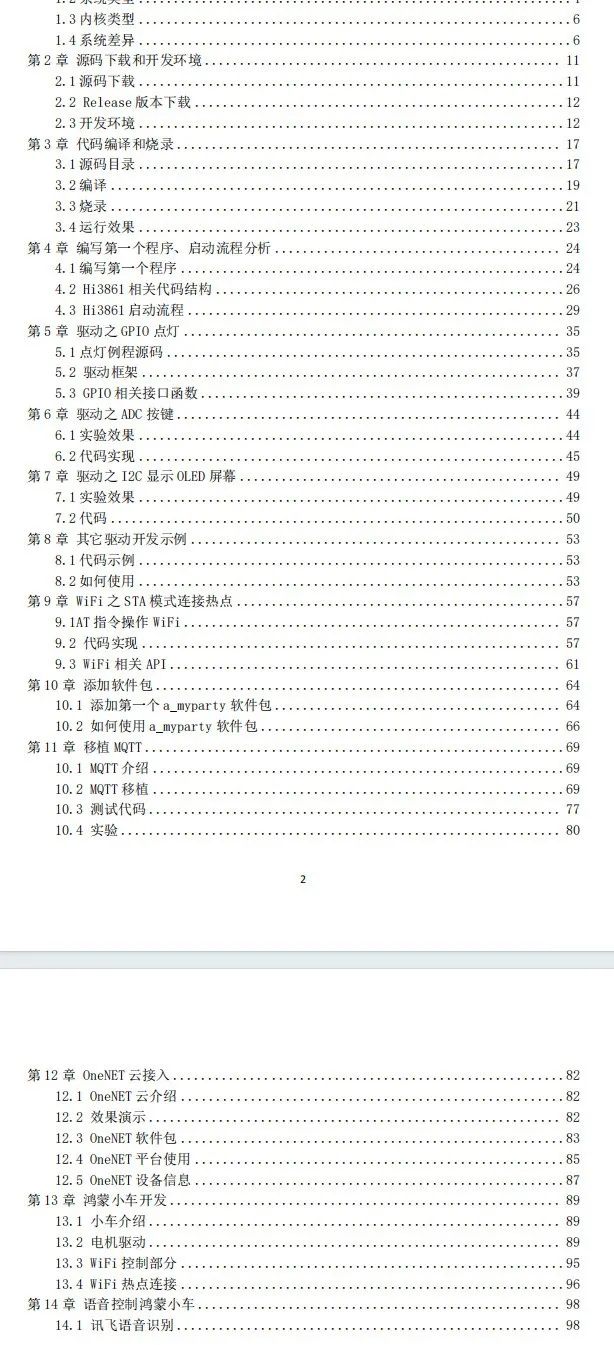OpenHarmony如何切换横竖屏?
前言
在日常开发中,大多APP可能根据实际情况直接将APP的界面方向固定,或竖屏或横屏。但在使用过程中,我们还是会遇到横竖屏切换的功能需求,可能是通过物理重力感应触发,也有可能是用户手动触发。所以本文主要带大家了解在OpenAtom OpenHarmony(以下简称“OpenHarmony”)应用开发的过程中,如何在Stage模型和FA模型下使用对应的接口去完成横竖屏的切换。
本文中OpenHarmony版本为3.2 Beta4,API版本为9。开发板为DAYU200。
FA模型
FA模型下,setDisplayOrientation和setDisplayOrientation是切换横竖屏的接口。
文档:
context.setDisplayOrientation
setDisplayOrientation(orientation:bundle.DisplayOrientation, callback: AsyncCallback): void
设置当前能力的显示方向(callback形式)。
系统能力:SystemCapability.Ability.AbilityRuntime.Core
参数:

示例:
import featureAbility from '@ohos.ability.featureAbility';
import bundle from '@ohos.bundle';
//FA模型下获取context
var context = featureAbility.getContext();
var orientation = bundle.DisplayOrientation.UNSPECIFIED;
context.setDisplayOrientation(orientation, (err) => {
console.info("setDisplayOrientation err: " + JSON.stringify(err));
});
完整代码
import bundle from '@ohos.bundle';
import featureAbility from '@ohos.ability.featureAbility';
@Entry
@Component
struct Index {
@State message: string = '横竖屏切换 '
@State portrait: boolean = true
build() {
Row() {
Column() {
Text(this.message)
.fontSize(30)
.fontWeight(FontWeight.Bold).onClick(() => {
var context = featureAbility.getContext();
if (this.portrait) {
// 横屏
var orientation = bundle.DisplayOrientation.LANDSCAPE;
context.setDisplayOrientation(orientation, (err) => {
this.portrait = !this.portrait
console.info("setDisplayOrientation err: " + JSON.stringify(err));
});
} else {
//竖屏
var orientation = bundle.DisplayOrientation.PORTRAIT;
context.setDisplayOrientation(orientation, (err) => {
this.portrait = !this.portrait
console.info("setDisplayOrientation err: " + JSON.stringify(err));
});
}
})
}
.width('100%')
}
.height('100%')
}
}
Stage模型
从API 9开始,可以使用setPreferredOrientation来切换横竖屏。
文档:
在Stage模型中,使用到的主要是Window(窗口)。在设置横竖屏切换的时候,需要先使用getLastWindow()、createWindow()、findWindow()中的任一方法获取到Window实例,再通过此实例调用对应的方法,本文使用的是getLastWindow。
Window.getLastWindow
getLastWindow(ctx: BaseContext): Promise
获取当前应用内最后显示的窗口,使用Promise异步回调。
系统能力:SystemCapability.WindowManager.WindowManager.Core
参数:

返回值:

错误码:以下错误码的详细介绍请参见窗口错误码。

let windowClass = null;
try {
let promise = window.getLastWindow(this.context);
promise.then((data)=> {
windowClass = data;
console.info('Succeeded in obtaining the top window. Data: ' + JSON.stringify(data));
}).catch((err)=>{
console.error('Failed to obtain the top window. Cause: ' + JSON.stringify(err));
});
} catch (exception) {
console.error('Failed to obtain the top window. Cause: ' + JSON.stringify(exception));
}
然后就可以使用setPreferredOrientation属性。
setPreferredOrientation
setPreferredOrientation(orientation: Orientation): Promise
设置窗口的显示方向属性,使用Promise异步回调。
系统能力:SystemCapability.WindowManager.WindowManager.Core
参数:

返回值:

错误码:以下错误码的详细介绍请参见窗口错误码。

let orientation = window.Orientation.AUTO_ROTATION;
try {
let promise = windowClass.setPreferredOrientation(orientation);
promise.then(()=> {
console.info('Succeeded in setting the window orientation.');
}).catch((err)=>{
console.error('Failed to set the window orientation. Cause: ' + JSON.stringify(err));
});
} catch (exception) {
console.error('Failed to set window orientation. Cause: ' + JSON.stringify(exception));
}
完整代码
import Window from '@ohos.window'
import common from '@ohos.app.ability.common';
@Entry
@Component
struct ArkUIClubTest {
private portrait: boolean = true
build() {
Stack() {
Button("横竖屏切换")
.onClick(() => {
this.changeOrientation()
})
}
.width('100%')
.height('100%')
}
private changeOrientation() {
let windowClass = null;
//获取上下文
//var context = getContext(this) as any
// 获取上下文,使用common模块
var context = getContext(this) as common.UIAbilityContext;
let promise = Window.getLastWindow(context);
promise.then((data) => {
windowClass = data;
if (this.portrait) {
//切换成横屏
let orientation = Window.Orientation.LANDSCAPE;
windowClass.setPreferredOrientation(orientation, (err) => {
});
this.portrait = !this.portrait
console.info('Succeeded in obtaining the top window. Data: ' + JSON.stringify(data));
}
else {
//切换成竖屏
let orientation = Window.Orientation.PORTRAIT;
windowClass.setPreferredOrientation(orientation, (err) => {
});
this.portrait = !this.portrait
console.info('Succeeded in obtaining the top window. Data: ' + JSON.stringify(data));
}
}).catch((err) => {
console.error('Failed to obtain the top window. Cause: ' + JSON.stringify(err));
});
}
}
总结
本文带大家使用对应的接口,在Stage模型和FA模型下完成了横竖屏的切换。其中还涉及到了上下文的获取:Stage模型用(getContext(this) as any),FA模型(featureAbility.getContext()),大家可以在此基础上利用生命周期的回调,在合适的地方完成对应的操作。
经常有很多小伙伴抱怨说:不知道学习鸿蒙开发哪些技术?不知道需要重点掌握哪些鸿蒙应用开发知识点?
为了能够帮助到大家能够有规划的学习,这里特别整理了一套纯血版鸿蒙(HarmonyOS Next)全栈开发技术的学习路线,包含了鸿蒙开发必掌握的核心知识要点,内容有(ArkTS、ArkUI开发组件、Stage模型、多端部署、分布式应用开发、WebGL、元服务、OpenHarmony多媒体技术、Napi组件、OpenHarmony内核、OpenHarmony驱动开发、系统定制移植等等)鸿蒙(HarmonyOS NEXT)技术知识点。

《鸿蒙 (Harmony OS)开发学习手册》(共计892页):https://gitcode.com/HarmonyOS_MN/733GH/overview
如何快速入门?
1.基本概念
2.构建第一个ArkTS应用
3.……
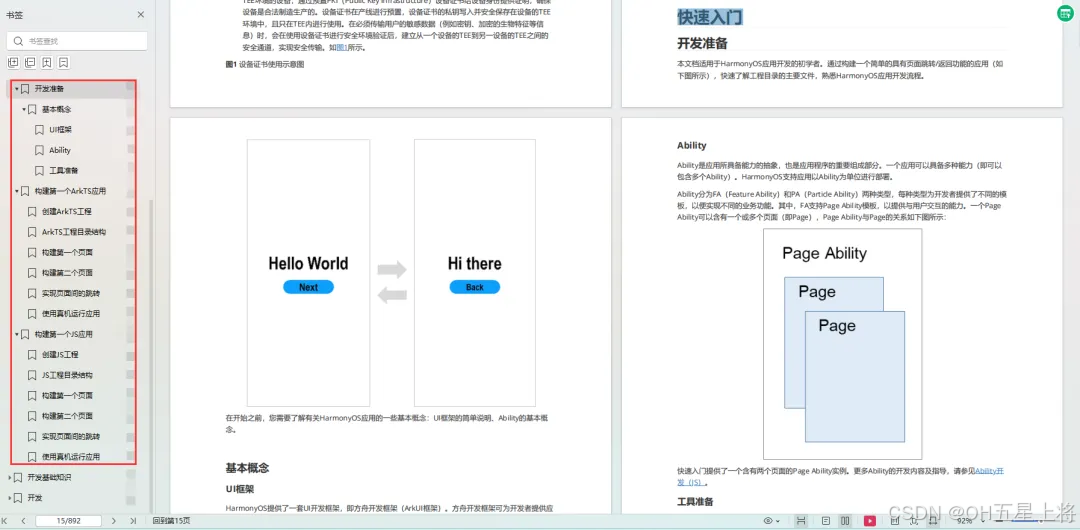
开发基础知识:
1.应用基础知识
2.配置文件
3.应用数据管理
4.应用安全管理
5.应用隐私保护
6.三方应用调用管控机制
7.资源分类与访问
8.学习ArkTS语言
9.……
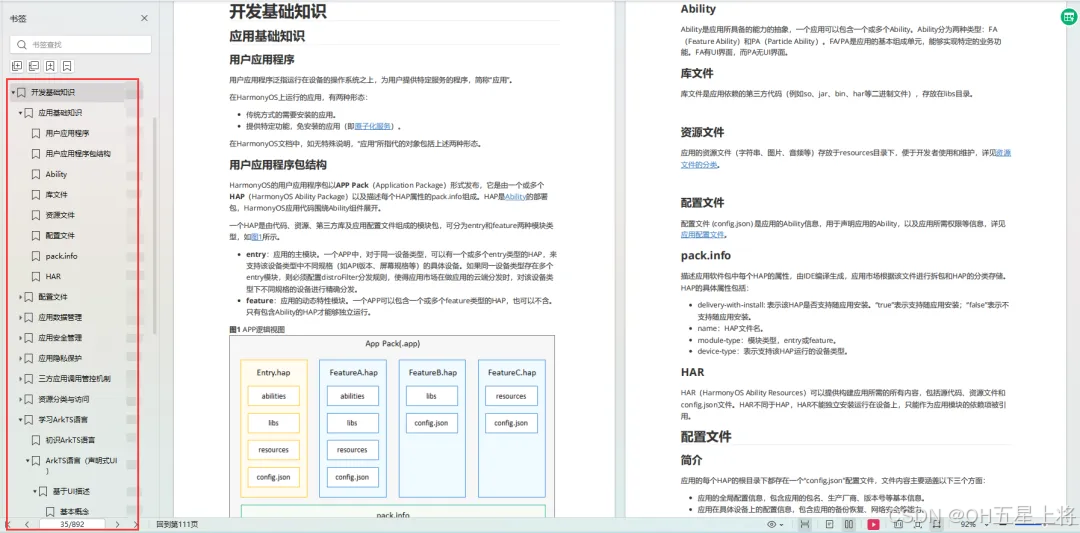
基于ArkTS 开发
1.Ability开发
2.UI开发
3.公共事件与通知
4.窗口管理
5.媒体
6.安全
7.网络与链接
8.电话服务
9.数据管理
10.后台任务(Background Task)管理
11.设备管理
12.设备使用信息统计
13.DFX
14.国际化开发
15.折叠屏系列
16.……
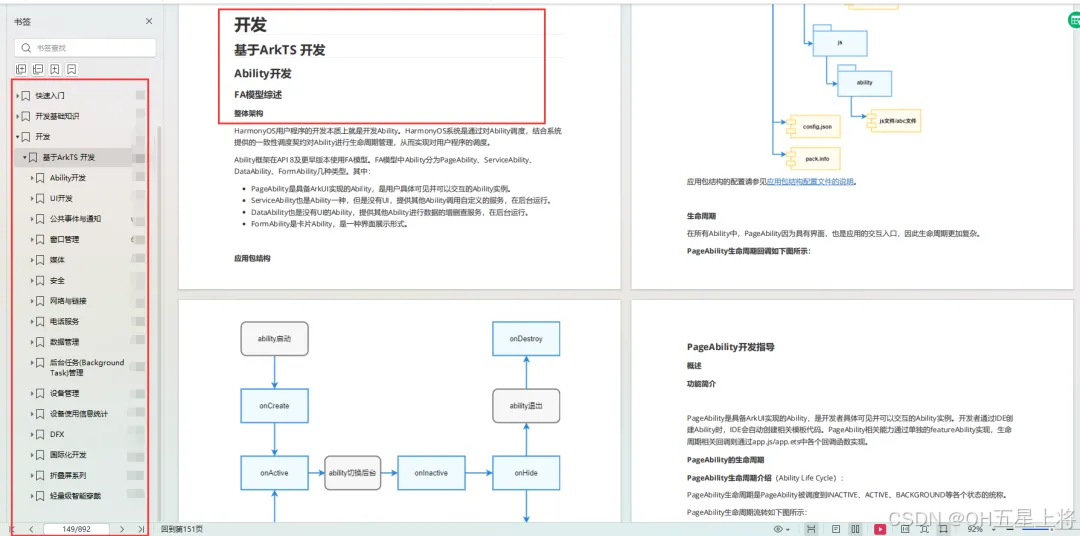
鸿蒙开发面试真题(含参考答案):https://gitcode.com/HarmonyOS_MN/733GH/overview
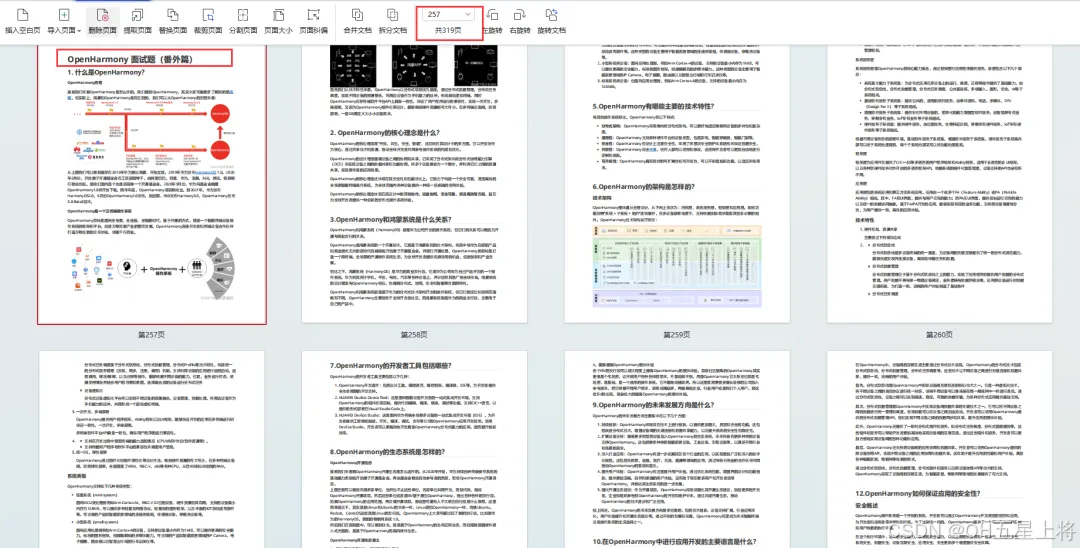
OpenHarmony 开发环境搭建
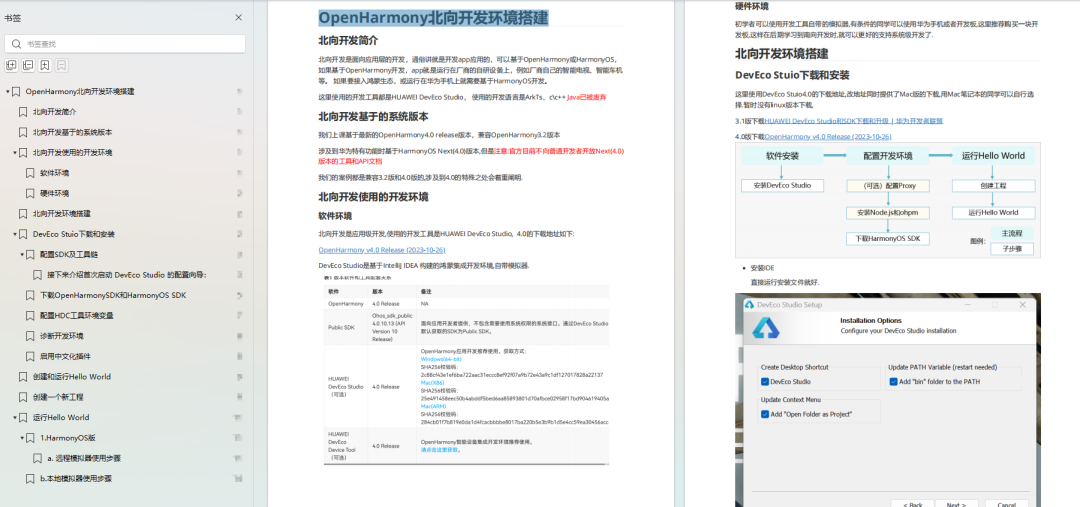
《OpenHarmony源码解析》:https://gitcode.com/HarmonyOS_MN/733GH/overview
- 搭建开发环境
- Windows 开发环境的搭建
- Ubuntu 开发环境搭建
- Linux 与 Windows 之间的文件共享
- ……
- 系统架构分析
- 构建子系统
- 启动流程
- 子系统
- 分布式任务调度子系统
- 分布式通信子系统
- 驱动子系统
- ……
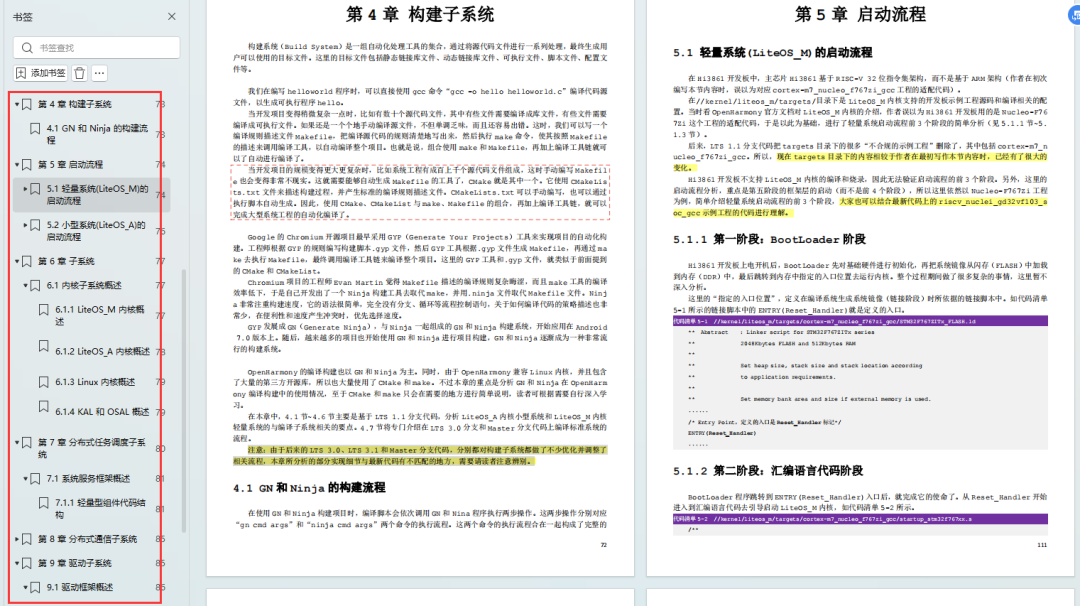
OpenHarmony 设备开发学习手册:https://gitcode.com/HarmonyOS_MN/733GH/overview
